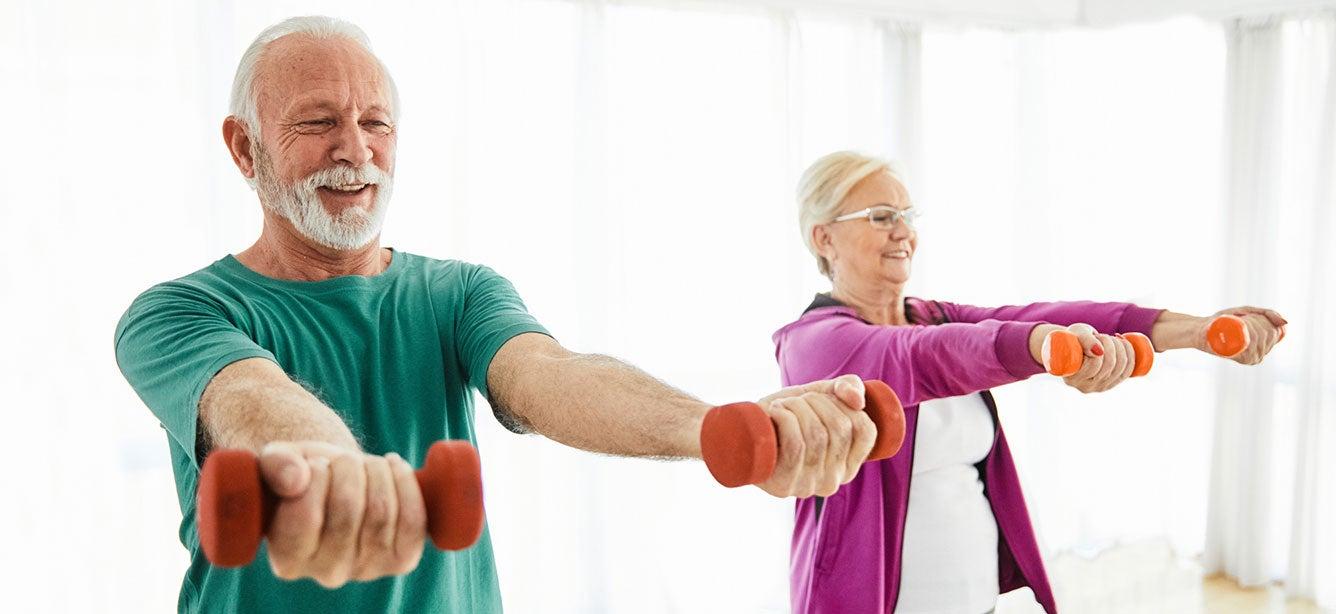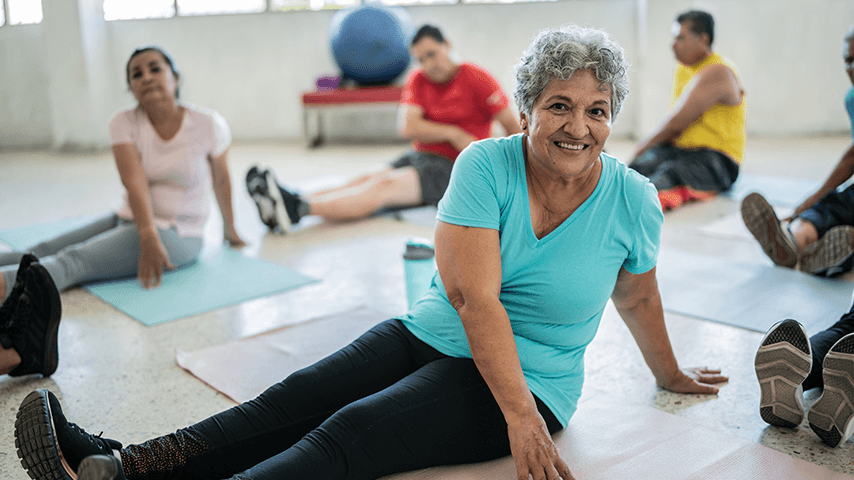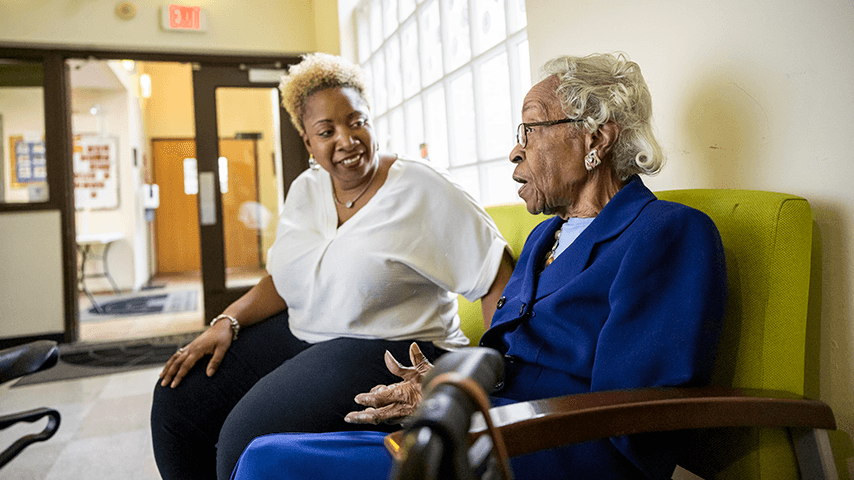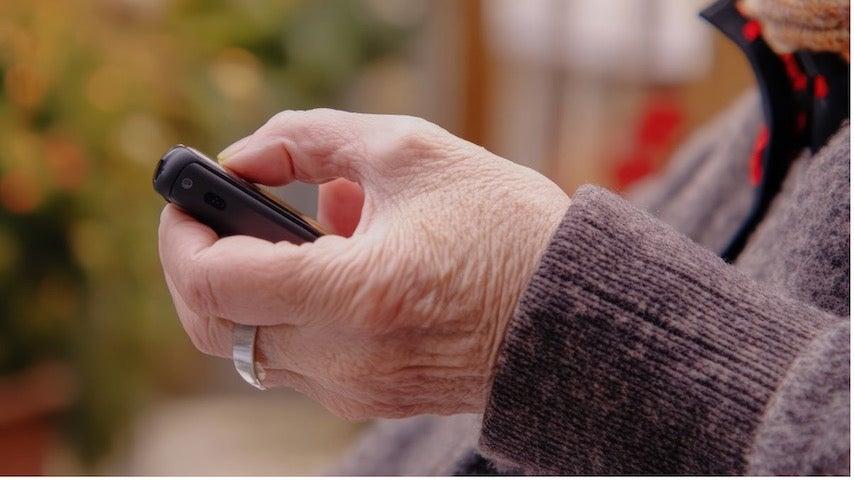Osteoarthritis and Falls: Understanding the Connection and Protecting Your Well-Being
5 min read

Related Topics
As we gracefully navigate the journey of aging, it's crucial to understand health concerns that can impact our daily lives. This information on the relationship between falls, osteoarthritis, and aging, provides valuable insights and actionable steps to empower you on your wellness journey.
Osteoarthritis basics
Osteoarthritis is a common condition of the joints. Osteoarthritis, or OA, is not caused by “wear and tear” on the joints, as was once believed. Instead, OA is a complex disease that occurs when the cartilage that cushions the joints breaks down and causes inflammation and/or swelling. As the cartilage wears away in joints, bone rubs against bone, leading to joint damage and more pain. Sometimes, this joint damage can result in growths called spurs.
Joints in the hand, hip, knee, neck, and lower back are most commonly affected by OA. Unfortunately, the common symptoms of OA, such as pain, stiffness, and swelling, can cause people to reduce their physical activity and limit taking part in activities that bring them joy.
Understanding the numbers and the connection between arthritis and falls
According to the U.S. Centers for Disease Control and Prevention (CDC), approximately one in four Americans age 65 and older experiences a fall each year, making falls a leading cause of injury in this age group. When it comes to OA, the statistics are equally significant. It's estimated that over 32.5 million Americans are living with osteoarthritis, a number expected to rise as our population ages.1
Research indicates a strong link between OA and falls among older adults. Studies show that individuals with OA of the knee face a significantly higher risk of falling.2 Why does this happen? Osteoarthritis can cause pain, stiffness, and decreased mobility, affecting your balance and making you more likely to fall.
Additionally, opioids, such as oxycodone and hydrocodone, are potent pain relievers commonly prescribed for moderate to severe pain, including pain associated with OA. Opioids can cause side effects such as sedation and dizziness, which may worsen coordination and balance, increasing the likelihood of falls.3
You may find it surprising that injuries, such as those sustained during sports or accidental falls, can actually lead to the development of OA. Post-Traumatic Osteoarthritis (PTOA) is responsible for around 12% of OA cases.4 Sometimes when a joint is injured, it does not heal properly, and over time the cartilage in the joint deteriorates, leading to OA.
Taking action to preserve your well-being
Osteoarthritis does not have to lead to limited mobility, disability, or a decreased quality of life. In fact, staying physically active is one of the best things you can do to manage OA symptoms and reduce the risk of experiencing a life-changing fall.
Ask your health care provider about a falls screening or assessment such as STEADI to better understand your risk for falling, and review common treatments for OA to determine which option(s) is best for you. The Osteoarthritis Action Alliance has tools to support you in learning more about OA symptoms and management, including this handout that can help you improve your pain and quality of life.
Action steps for managing osteoarthritis and preventing falls
Stay Active
Engage in regular physical activity to maintain joint flexibility, strength, and balance. Activities like walking, swimming, or gentle exercises can be beneficial for OA and falls prevention.
Participate in arthritis appropriate evidence-based interventions (AAEBIs)
Participate in programs specifically designed for managing osteoarthritis and preventing falls. Programs like A Matter of Balance and the Otago Exercise Program focus on enhancing strength, balance, and overall confidence.5 The following list of evidence-based falls prevention programs recognized by NCOA are also included in the Osteoarthritis Action Alliance’s list of AAEBIs, meaning they can help achieve double-duty—help prevent falls AND manage OA.
- Enhance®Fitness is a low-cost, evidence-based group falls prevention and physical activity program developed specifically for older adults.
- Fit & Strong! is an evidence-based physical activity/behavior change intervention that has been successfully implemented in multiple community-based settings. Participants are older adults who have lower extremity joint pain and stiffness related to osteoarthritis.
- The Otago Exercise Program (OEP) is a series of 17 strength and balance exercises delivered by a Physical Therapist or a Physical Therapy Assistant in the home, outpatient or community setting. This program reduces falls between 35 and 40 percent for frail older adults.
- Stay Active and Independent for Life (SAIL) is a strength, balance and fitness program for adults 65 and older. Performing exercises that improve strength, balance, and fitness are the single most important activity that adults can do to stay active and reduce their chance of falling.
- Tai Chi for Arthritis and Falls Prevention. Many studies have shown Tai Chi to be one of the most effective exercises for preventing falls. Tai Chi for Arthritis and Falls Prevention helps people with arthritis improve muscular strength, flexibility, balance, stamina, and more.
- Tai Ji Quan: Moving for Better Balance™ is an evidence-based falls prevention program delivered in two one-hour sessions each week for 24 weeks. Each session consists of warm-up exercises; core practices, which include a mix of practice of forms, variations of forms, and mini-therapeutic movements; and brief cool-down exercises.
Know your risk
Understand that having osteoarthritis increases the likelihood of falls. By being aware, you can take proactive steps to minimize risks in your daily life. NCOA’s falls prevention information is extensive. Start by assessing your risk for free with the online Falls Free CheckUp.
Schedule regular check-ups
Schedule routine health check-ups and discuss any concerns about osteoarthritis and/or falls with your healthcare provider. They can provide personalized advice and guidance based on your unique health situation.
Empowering yourself for a healthy future
By taking a proactive approach to your health, you can take charge of your OA symptoms, while also helping to prevent falls. Staying informed, communicating with your health care provider, remaining active, and participating in evidence-based interventions are significant steps you can take toward a healthier and more vibrant future.
Sources
1. Centers for Disease Control and Prevention. 2021. Older Adult Falls. Found on the internet at https://www.cdc.gov/homeandrecreationalsafety/falls/index.html
2. Muraki, S., et al. (2015). Association of radiographic and symptomatic knee osteoarthritis with falls risk in a community-dwelling elderly population: The ROAD study. Osteoarthritis and Cartilage. July 14, 2010. Found on the internet at https://pubmed.ncbi.nlm.nih.gov/20633679.
3. Virnes RE, et al. Opioids and Falls Risk in Older Adults: A Narrative Review. Drugs & Aging. March 15, Found on the internet at https://link.springer.com/article/10.1007/s40266-022-00929-y.
4. Punzi L, et al. Post-traumatic arthritis: overview on pathogenic mechanisms and role of inflammation. RMD Open. Sept. 6, 2016. Found on the internet at https://rmdopen.bmj.com/content/2/2/e000279
5. National Council on Aging. Evidence-Based Falls Prevention Programs. Found on the internet at https://www.ncoa.org/healthy-aging/falls-prevention/falls-prevention-programs-for-older-adults/



